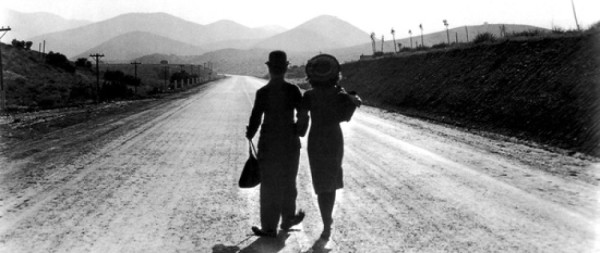The Devil Is a Woman
Directed by Josef von Sternberg
1935/USA
Paramount Pictures
First viewing
Tagline: Kiss me … and I’ll break your heart!
The film opens with a carnival in turn-of-the-century Spain, all the revelers are masked. Antonio Galvan (Cesar Romero), a fugitive revolutionary, spies the beautiful Concha (Marlene Dietrich) and they make a date for a rendezvous. Before the appointed time he has a chance meeting with his friend Don Pasquale (Lionel Atwill) and tells him about the mysterious beauty. Don Pasquale tells him his long, sad history with this duplicitous vixen to warn Antonio away from her. Alas, Concha’s attractions are too strong for any man to resist … With Edward Everett Horton hiding behind a beard as the governor of the town.

Although Dietrich said this was her favorite picture, I thought it was pretty bad and did her no favors. Although she drives multiple men to their ruin, most of the time she acts like a petulant little girl, stamping her foot when she doesn’t get her way. This is not the aloof Dietrich I love from the earlier films. Her costumes are also very unflattering as far as I am concerned. To add to that Lionel Atwill just wasn’t cut out to be a thwarted lover and Edward Everett Horton is wasted in a part that requires him to be an autocratic bully.
The Spanish government threatened to bar all Paramount films from Spain and its territories unless the film was withdrawn from worldwide circulation. Paramount destroyed the original print after the initial run. New prints were struck after many years from a print Dietrich kept in a bank vault.
Clip




















